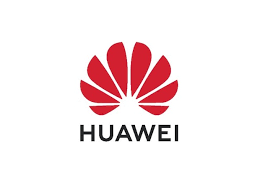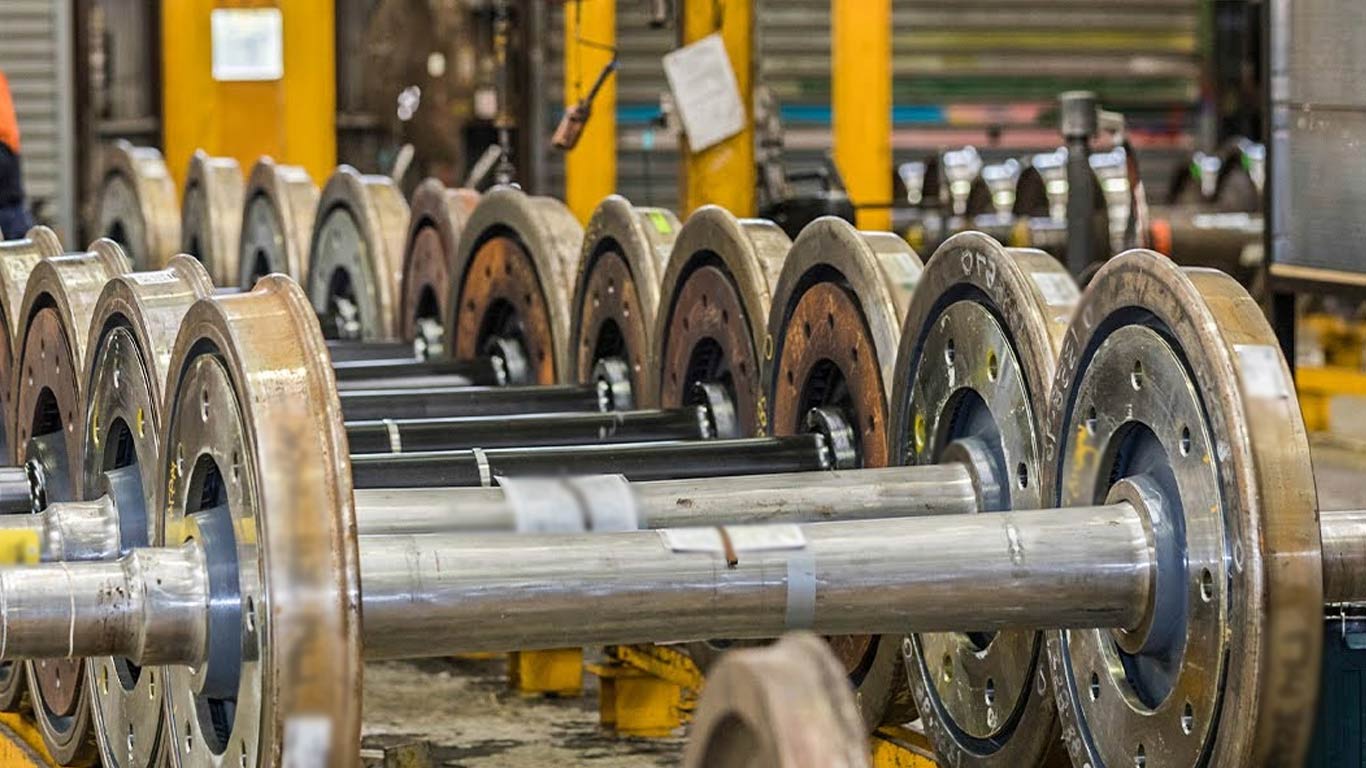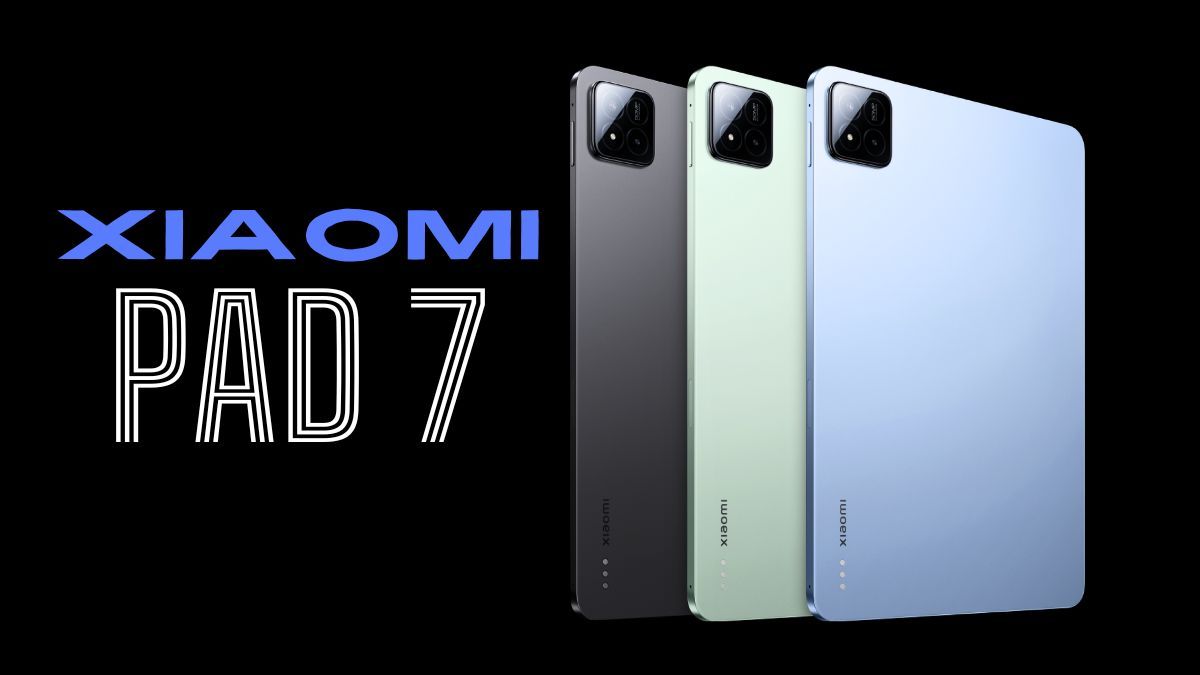Huawei launches its own operating system to challenge Google’s Android.
Wed 02 Jun 2021, 23:59:27

In a bid to end the dependency on American technology, Huawei on Wednesday finally launched its self-developed operating system called HarmonyOS 2.0 that will power nearly 100 devices, including smartphones.
Fed up with the US restrictions, Huawei in 2019 announced to build its own operating system (OS) called HarmonyOS to end the dependency on market leader Google’s Android OS.
The company announced the latest version of Harmony OS in September last year, saying that Harmony OS 2.0 will bring a comprehensive upgrade to its existing distributed capabilities, including software bus, data management and security.
Huawei has launched a range of smartphones, smart watches and tablets powered by its new Harmony OS 2 operating system, including a new version of the HUAWEI Mate 40 Series and HUAWEI Mate X2, the HUAWEI WATCH 3 Series, and the HUAWEI Mate Pad Pro.
“Every single one of us is a part of this fully connected world, as is every device. We look forward to working with more partners and developers to build a thriving Harmony OS ecosystem and provide even better experiences, products, and services to our customers the world over,” said Richard Yu, Executive Director and CEO of
Huawei’s Consumer Business Group.
Huawei’s Consumer Business Group.
The company also released the HUAWEI Free Buds 4, its next-generation open-fit Active Noise Cancellation (ANC) wireless Bluetooth ear buds, and two high-end monitors, the HUAWEI Mate View and the HUAWEI Mate View GT.
The company announced that roughly 100 other Huawei devices — including both smartphones and tablets — will be upgraded to run on Harmony OS 2, giving consumers access to a seamless intelligent experience across multiple devices in all different types of scenarios.
For developers, Harmony OS allows cross-platform development and cross-device deployment of apps, making the development of apps across devices easier than ever before.
“Multi-device interaction with Harmony OS makes working across multiple devices as simple as controlling one,” the company said.
Huawei said it is committed to protecting user privacy and security.
The Chinese conglomerate began work on its own OS as major chips and technologies from the US were not available to the company since May 16, 2019 due to restrictions imposed by the earlier Donald Trump administration amid the trade war between US and China.
No Comments For This Post, Be first to write a Comment.
Most viewed from Business
AIMIM News
Asaduddin Owaisi questions PM Modi's China policy
Jan 08, 2025
Owaisi slams UP over police post near Sambhal mosque
Dec 31, 2024
Owaisi hails SC order on Places of Worship Act
Dec 13, 2024
AAP Corporator Tahir Hussain joins AIMIM party
Dec 11, 2024
Latest Urdu News
Most Viewed
May 26, 2020
Which political party will win the Delhi Assembly polls to be held on Feb 5?
Latest Videos View All
Like Us
Home
About Us
Advertise With Us
All Polls
Epaper Archives
Privacy Policy
Contact Us
Download Etemaad App
© 2025 Etemaad Daily News, All Rights Reserved.





























